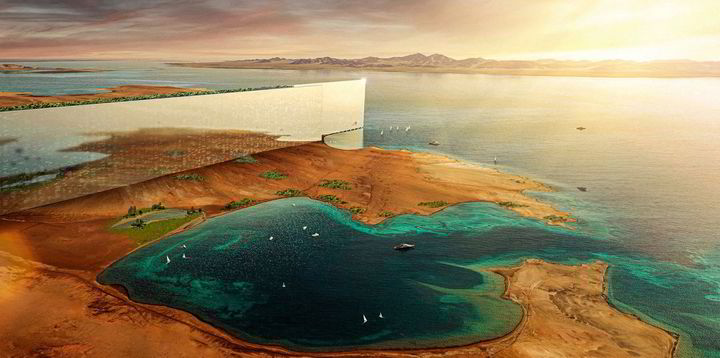Equinor’s decision to shelve “indefinitely” the 1GW Trollvind that was slated to help decarbonise Norwegian oil and gas came as a blow to one of the world’s most ambitious floating wind projects after several years in which the mood music around the sector was growth, growth and more growth.
The energy giant’s move followed several other recent less than upbeat headlines around floating, although analysts told Recharge that individual circumstances of companies and projects were more likely at play than a wider issue for the sector.
Proof that ambition is still very much on the floating agenda came as sector joint venture Freja Offshore said it could next year receive a final central government green light to build its 2.5GW Mareld offshore wind array in the Skagerrak Strait that links the North and the Baltic Seas, a western-Sweden location its CEO said was away from potentially problematic areas facing the “threat from the east” – namely Russia.
Sector pioneer BW Ideol was another on the growth path as it teamed up with Spain’s Elawan Energy for the joint development of a multi-gigawatt floating wind pipeline off the Iberian Peninsula.
The week also brought another milestone for floating when China’s CNOOC energised the nation’s first deepwater turbine in the Beibu Gulf of the South China Sea.
The US renewable energy market continues to set the pulse racing thanks to the policy momentum of the Inflation Reduction Act, reflected in the buzz at the Cleanpower 2023 industry event held in New Orleans this week.
Article continues below the advert
Top White House clean energy adviser John Podesta told the event that America will need “trillions literally every year over the next decade” to meet its green goals, as he asked the private sector to step up to the plate with investments.
US potential was, meanwhile, in evidence from north to south, with ambitions for a major new GE wind turbine factory in New York and hope for offshore turbines in state waters off New Orleans.
While the future looks bright, the problems of the here and now were on view as obstacles such as grid connection queues and consenting delays pulled installations down sharply in the first quarter.
The prospect of vast wind and solar installations to power large-scale green hydrogen production is a hugely promising new market for the supply chain, and moved a big step towards reality with the largest final investment decision yet seen in the renewable H2 sector for an $8.4bn project at Saudi Arabia’s Neom. It surely won’t be the last.

